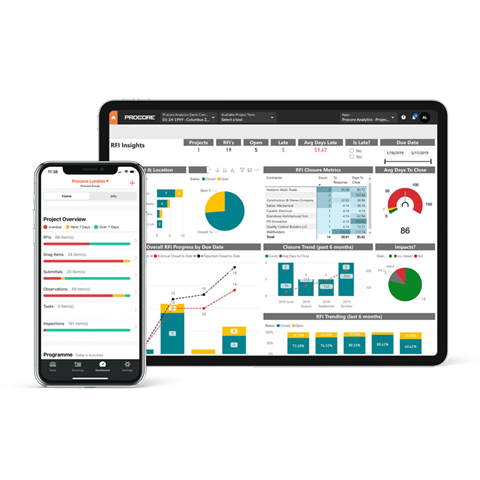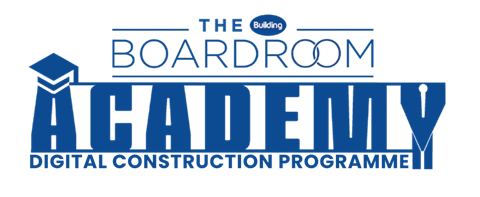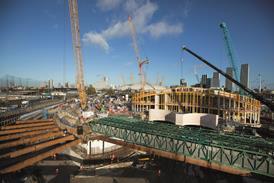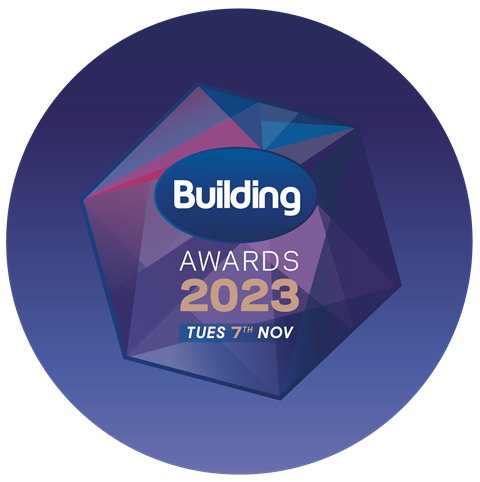AI has the potential to support the industry’s sustainability, productivity and safety goals
2022 won’t be short of challenges for construction. A year of recovery is set to go hand-in-hand with a year of heightened expectations, leaving little margin for error.
But there will also be new opportunities.
The development and uptake of sophisticated technologies in construction is still one of the most exciting things to witness in our sector – in particular, the growth of AI. The potential applications for AI and machine learning (ML) in construction are vast – as is the impact they can have.

Fundamental to AI’s undeniable influence on construction is its unmatched ability to crunch through mountains of data. When we talk about AI having the potential to help construction realise new value throughout project life cycles; to enable us to make better, real-time decisions; to improve construction processes; and to mitigate risk, it all comes down to how it unlocks new insights from construction data.
What’s becoming increasingly clear, however, is the importance of data quality in this new era – procuring AI or ML tools to work through your data is essentially a wasted investment if the data you’re getting from the site is low quality or incomplete. A word of advice: before even thinking about implementing AI or ML, first make sure that you’re equipping your teams with a construction management platform that prioritises ease of use and visibility for all stakeholders. Now, back to AI.
When it comes to construction, AI is clearly not something we can afford to sleep on; the old adage “act now, or be left behind” certainly applies. But where exactly can you expect to find the most value from AI? Let’s explore three areas in construction where the benefits will become most apparent.
Sustainability
One of the biggest game-changers of AI is its ability to gather data from the past and learn from it. AI embodies accountability and cannot hide its findings or its reasoning – something that is much needed in construction, particularly if we are to up our sustainability game in 2022.
There is considerable appetite for construction to go greener, yet Arup reports that less than 1% of building projects’ lifespans are currently evaluated in a way that quantifies the scale and source of carbon emissions.
Bringing AI into construction operations means contractors are able to quickly forecast the carbon emissions of projects in the planning stage, and use ML to identify areas where switching out materials can make huge savings later on.
AI can again help to reduce costly emissions by reducing the chance of rework. Mapping out a project through AI is almost a rehearsal of how the project’s lifespan will go. It can help to prioritise collaboration throughout and ensure that any areas of potential rework are identified. The project benefits, but so does the team as the machine isn’t the only one learning here.
Since the incorporation of BIM, contractors are able to quickly and accurately coordinate on a building’s elements before ground is broken.
Productivity
2021 was plagued by supply chain issues. And while there are signs these are abating, there are also plenty of issues that could potentially impact our ability to move to our own schedule in 2022.
Embracing technology and the role AI has to play in construction doesn’t fight fires one by one, but readies us to weather all sorts of storms from a more robust starting place.
It’s the ability of ML to forecast the future that can be revolutionary for construction. Working with historical data, sophisticated ML tools can help construction firms predict future outcomes and make smarter business decisions. Each time it does, it grows smarter and your productivity refines.
ML tools can even be used to review the drawings themselves and accurately predict the cost of materials needed to bring them to life. Using AI like this helps companies minimise their business risk, which has been greatly magnified due to recent disruptive factors outside our control.
The impact of such innovations is massive. BW: Workplace Experts have used Procore Analytics to bring a data-driven culture to their business, and unearth the causes of snags and issues through the course of construction with far greater speed. When pooled together, the time saved has made a huge impact. This keeps BW agile and productive, whatever they’re faced with.
The relationship between productivity and platform-based construction solutions is one that’s been highlighted by McKinsey before now. And they predict that “further efficiencies will be unlocked with deeper integration of technology solutions”. In other words, the more we integrate with AI and technology, the greater we stand to benefit from it.

Safety
It is widely accepted that human error is behind the majority of accidents in construction. Some see this as just cause for AI to dominate building sites in years to come, with remotely controlled, driverless vehicles. The assumption being if you remove the humans, you’ll remove the human error.
But we can’t afford to lose the innovative edge human minds bring to construction. As stated, it’s about integration.
One way this comes to life is in how AI can protect your people. Surveillance drones are already changing construction, giving unique views of your site in real-time and syncing your project drawings to the work underway.
But surveillance drones also help monitor safety sitewide, making it far simpler to manage inspections and verify work every day. Issues are easily tagged and through an integration such as DroneDeploy and Procore’s. This high resolution progress documentation is made available to the entire team – meaning issue resolution is sped up and safety-focussed processes are automated and refined.
Wearable tech takes this a step further, adorning a project with key insights into your workers’ habits, health and location at all times. This means that crucial information relating to your workers’ wellbeing is being relayed to teams on site, and to those working remotely.
AI is the future, but it requires strong foundations
There’s huge potential for AI in construction. We just need to ensure we have an appetite to match it and the technological foundations in place to make the most of it.
Construction management platforms are designed to provide value today, but they should also be capable of not only growing with your business but also enabling it to grow and work with advanced tech like AI and ML far easier. This is part of the reason why Procore has an open API: we want to help our customers benefit from the latest technologies, and do so with ease from one place. After all, true innovation involves leaving the door open for more.
In sustainability, productivity, safety and much more, AI will fundamentally change construction. That much is clear, and it’s very easy to be caught up in the excitement of what’s on offer. It’s important, however, that firms build the strong technological foundations that need to be laid before investing in AI.



























